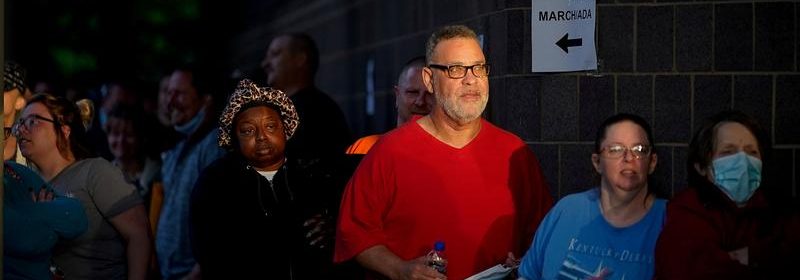Fed minutes highlight willingness to steer past coming inflation

WASHINGTON (Reuters) – Facing a still-scarred economy that may need an extended time to recover fully, Federal Reserve officials last month debated how to lay the groundwork for the public to accept coming higher inflation, and also the need to “stay vigilant” for signs of stress in buoyant asset markets, according to minutes of the U.S. central bank’s Jan. 26-27 policy meeting.
In discussions that ranged from the public’s perceptions of inflation to the vagaries of Robinhood-type retail stock trading platforms, Fed officials said they were still prepared to keep their easy monetary policy on track to help heal an ailing job market.
With a jump in some prices expected this spring, “many participants stressed the importance of distinguishing between such one-time changes in relative prices and changes in the underlying trend for inflation,” according to the minutes, which were released on Wednesday.
In the drive to explain the difference to the public, “participants emphasized that it was important to abstract from temporary factors affecting inflation – such as low past levels of prices dropping out of measures” and more persistent price trends, the minutes showed. Others were concerned about the potential for stress to bubble up in the financial system.
“A few participants stated that it would be important to stay vigilant to ensure that the banking system remained strong and resilient,” with “some participants” noting rising asset values “that might have been affected by retail investors trading through electronic platforms.”
Still, “participants observed that the economy was far from achieving the Committee’s broad-based and inclusive goal of maximum employment and that even with a brisk pace of improvement in the labor market, achieving this goal would take some time,” the minutes said.
The Fed made few changes to its policy statement at its last meeting in January, and did not issue new economic forecasts.
The U.S. central bank has pledged to keep its key overnight interest rate near zero until inflation is “on track to moderately exceed” its 2% target and the job market is approaching “maximum employment” – a promise likely to keep rates low for years to come.
In addition, the Fed has promised to continue purchasing $120 billion of government bonds per month until there has been “substantial further progress” towards its inflation and employment goals.
Given the economy’s halting progress in recent months, that may mean Fed policy stays largely on hold for an extended period, and officials in recent public statements have emphasized they are in no rush to shift away from crisis-fighting mode.
That has meant a promise even to look beyond what is expected to be an upcoming jump in prices as the pandemic eases.
“We’re going to be patient,” Fed Chair Jerome Powell said at a news conference after the end of last month’s policy meeting. “We’ll seek inflation moderately above 2% for some time … The way to achieve credibility on that is to actually do it. And so that’s what we’re planning on doing.”
Source: Read Full Article
